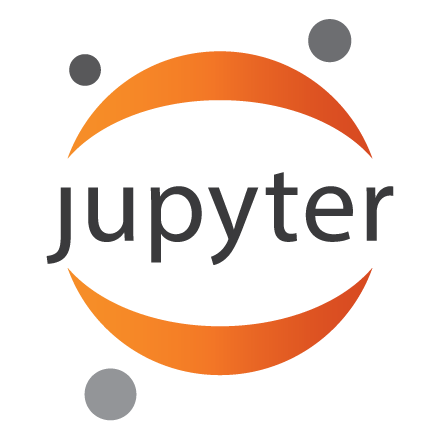
|
Jupyter at Bryn Mawr College |
|
|
| Public notebooks: /services/public/dblank / CS110 Intro to Computing / 2017-Fall / Notebooks | |||
1. Introduction¶
Welcome to CS110: Introduction to Computing!
1.1 What to expect¶
- hands-on, active learning
- less lecture, more discussions and demonstrations
1.2 How to study¶
- Keep a running list of jargon with definitions.
- do it!
- review it!
1.3 Let's get started!¶
- Doug passes out pass phrases to Jupyter
- You log in
- Create a new notebook
1.4 Your first program¶
Jargon:
- canvas, or screen
- coordinate system
- 0,0 in upper left-hand corner
- function:
rect() - arguments:
x, y, width, height

In [1]:
rect(20, 20, 40, 40);
You did it! You wrote your first Processing program, or sketch.
But it doesn't look exactly like our idea above. We'd like for the square to be black.
Another function: fill()
Another argument: grayscale, representing how much lightness:
- 0: completely black
- 255: completely white
Anything between 0 and 255 is a shade of gray, the larger the number, the lighter the gray. There are a total of 256 shades of gray counting 0, to 255.
In [2]:
fill(0);
rect(20, 20, 40, 40);
1.5 Summary¶
- New jargon:
- program, code, or sketch
- canvas
- pixel
- function
- arguments
- coordinate system
- x-coordinate, x-axis
- y-coordinate, y-axis
- origin
- ordering: code, top to bottom; drawing: back to front
- For Review, see Dan's lecture: http://hello.processing.org/editor/
In [3]:
%activity /home/dblank/activities/01-intro